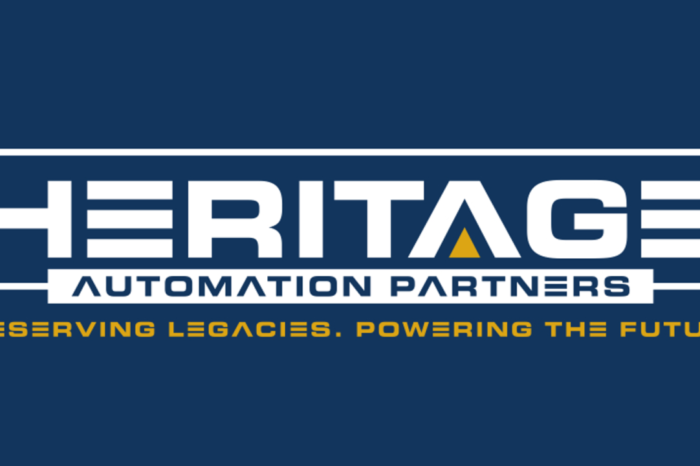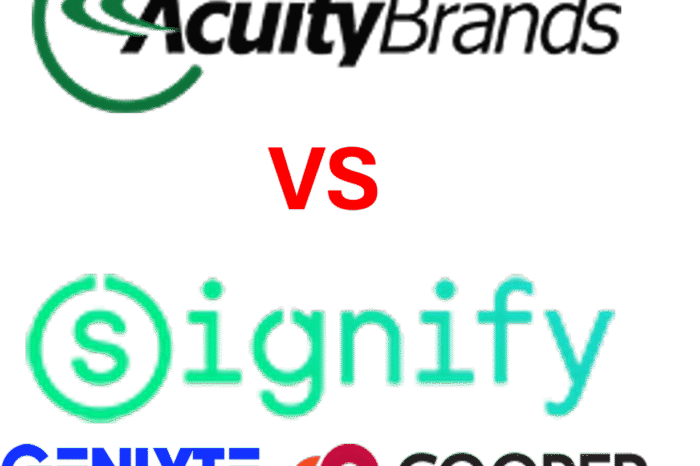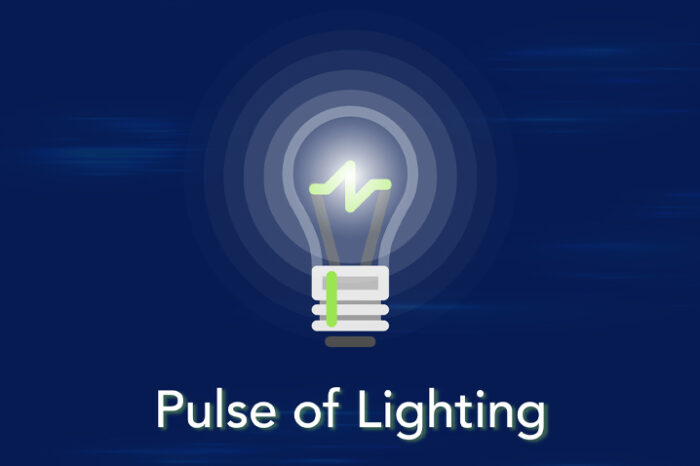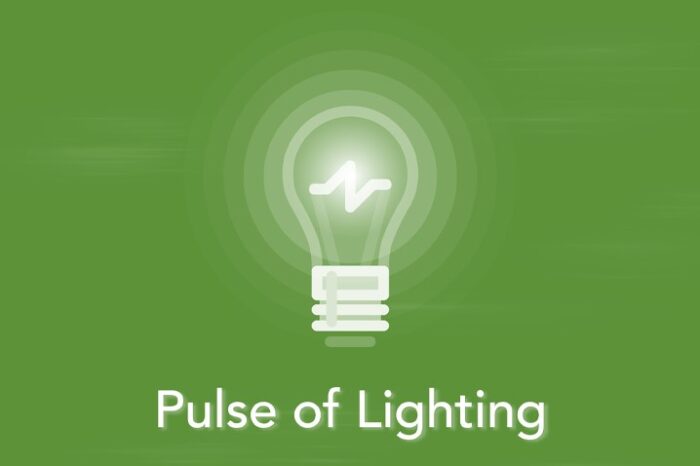LightFair … a Distributor’s Perspective
 LightFair, the pre-eminent lighting tradeshow, was held back in April with large crowds in San Diego. Prior to the show we reached out to some distributors and asked them if they would be willing to share their observations as, given how important lighting is to distribution, this is a show that distributors need to attend because:
LightFair, the pre-eminent lighting tradeshow, was held back in April with large crowds in San Diego. Prior to the show we reached out to some distributors and asked them if they would be willing to share their observations as, given how important lighting is to distribution, this is a show that distributors need to attend because:
- Lighting is a significant percent of a distributor’s business
- The market is changing quickly due to new product introduction in the LED and controls space
- Distributors are investing in lighting specialists and this should be a part of their ongoing education
- Gaining product insight (and presumably educational insight through seminars) helps reduce dependency on lighting agents for product and lighting knowledge.
Given this, Rick Regan from Lights Go, shared with us the insights he shared with his customers.
Well, Apple didn’t show. I mentioned a couple of weeks ago that Apple is rumored (& filed patents) to be getting into making light fixtures for their showrooms. Even if that is true, they didn’t show up in San Diego to show the rest of us.
But who did show? GE.
Or rather, “Current, powered by GE”. I don’t know what that means or why they form it like that but that’s what the booth and all the brochures said. From their handout:
“Current, powered by GE, is a first-of-its-kind energy company that integrates GE’s LED, Solar, Energy Storage and Electric Vehicle Charging businesses for cost-effective, energy-efficient solutions.”
So there.
They also announced that they bought Daintree Networks, which makes software and hardware for building management. I guess Daintree will be part of Current, powered by GE, adding a monitoring and management layer to all of the connected devices. Along with all of the rhetoric about energy savings and performance optimization, Daintree consistently included the phrase “improves the occupant experience.” This is an important point because so much of the IoT talking points emphasize efficient management, cost savings or revenue enhancements but rare is the company that keeps an eye on the “occupant experience.”
The Current, powered by GE (CpbGE), team also highlighted the Smart Cities initiative. In a panel on Wednesday, the CpbGE team talked about their work with the municipal facilities people in San Diego and Schenectady, NY. The CpbGE guys focused on how the breadth and scale of CpbGE makes working with them an attractive and safe partner for cities. On the panel was a recent addition to the CpbGE team who has come over from the development group at IBM which came up with Watson, the IBM big-data engine. What became clearer to me was that one of the main challenges of putting all kinds of sensors on streetlights is that they produce so much data that the raw data becomes an overwhelming flood. I credit the strategy people at CpbGE for understanding that the Watson/GE superbrain can handle the machine-generated data and bubble-up actionable information out of the data soup. The GE-Digital superbrain system lives at Predix.io and is fascinating technology if you like this sort of thing. From the site:
Predix is the software platform that powers the Industrial Internet. Based on GE’s unparalleled expertise in brilliant machines, Predix handles big data at an industrial scale and with industrial-strength security. Deployed on machines, onsite, or in the cloud, Predix drives the insights that transform and improve asset performance management (APM), operations, and business.
So GE seems to have gotten their act together. Somebody in charge put a good strategy in place and they look like they can execute. Will that translate to the street level? I don’t know.
So who else was at Lightfair? The usual suspects: Eaton Lighting, Acuity, Hubbell Lighting, Philips Lighting, Osram/Sylvania and Cree.
For the most part these companies were rolling out new LED fixtures in standard shapes, sizes and function. A lot of LED wallpacks, high bays, recessed cans, flat panels and suspended fixtures. Lots of traffic in these booths which seemed to be largely reps, agents and distributor people getting up to speed on the new stuff (CMG comment – is this the purpose of LightFair or an easy excuse? Could product introductions / training be done more effectively, efficiently and timely?)
For some, like Cree who always seem to have a chip on their shoulder, the extra push is the connectivity framework. Cree worked harder than the others to show off their SmartCast system for connecting, commissioning and operating their lights. Perhaps it is my bias but the Cree people in the booth seemed like they really believe in the connected-lighting future, and by contrast a lot of the other Big Booths had connectivity as a special corner off to the side. They seem to be saying that connectivity is coming, but it’s not fully cooked yet. This is probably a safe bet because I am not sure that the customers are convinced of the value of connected lighting yet.
The other trend that I noticed was the reduced presence of “no-name” Chinese companies that offer me-too products in standard shapes like A-lamps, PAR lamps and LED T8 tubes. I suspect that this is the result of regulatory hurdles EnergyStar and DLC, which are required for most utility “incentive” payments. No ES/DLC = No $ = No sales. This is just my opinion that much of the retrofit market is driven by incentives and rebates from the utilities, Duke Energy for me. I have had to push companies aside because if there is no rating then I won’t sell it. Whether this is good or bad for innovation, you can judge.
Next, I am calling 2016 the year that LED T8 tubes begin to die off.
This is the year that the combination of lower LED flat-panel pricing and utility incentives make LED tubes irrelevant. For the swap-out-only crowd, the ballast-compatible LED tubes seem to have won the day as no electrician is required. If I have to get an electrician to swap a ballast then I might as well swap the whole fixture and get a 5-year warranty, improved light quality and take advantage of the evolving technology around embedded sensors and communication. In the booths at Lightfair LED flat panels were everywhere. Some companies had edge-lit panels and others were direct-lit panels but it seemed like LED 2×2 and 2×4 panels were everywhere. The commodification and standardization of flat panels has begun. And the LED T8 is going away.
Lastly, this was the year that designers seemed to really dig into LEDs and design fixtures around LEDs rather than trying to use LED lamps inside of a cool shape. One of my favorites was a hexagonal hanging fixture from Deco Lighting, the Hex Rond, which can be ordered in diameters ranging from 14-inches to 48-inches, incorporating LEDs as the light engine inside the colorful hex frames. This is a good example of going beyond what is just technically possible and taking bold design forward using the flexibility of LED systems.
Rick, thank you for your input. If you attended LightFair, what was your reaction / observations? What did you share with your customers?






















